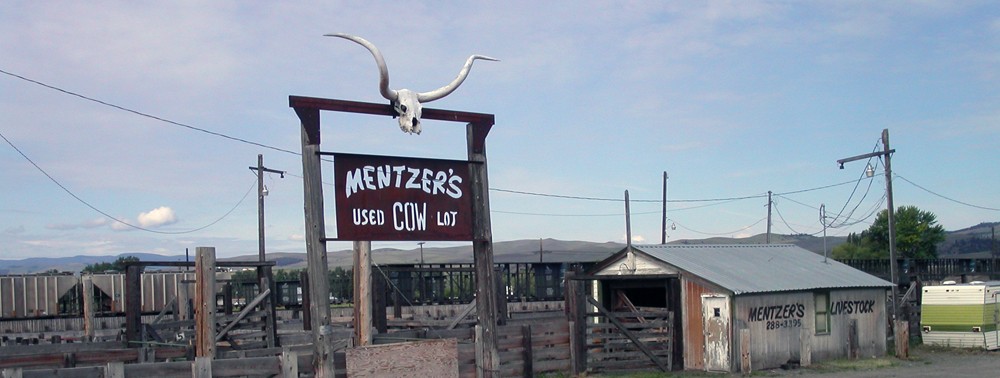Introducing a series of story maps that document how Silver Spring, Maryland, became a sundown suburb.
© 2019 D.S. Rotenstein

Introducing a series of story maps that document how Silver Spring, Maryland, became a sundown suburb.
© 2019 D.S. Rotenstein
To the downtown business interests and their allies, the answer was clear. Well-to-do Americans would return to the center only if the slums and blighted areas were eliminated and replaced by safe, healthy, and attractive middle- and upper-middle-class neighborhoods. In other words, it would be necessary to raze and rebuild much of the central city …. This was a huge undertaking. To carry it out, the downtown business interests and their allies would have to join the slum clearance movement, which had emerged in the late 1920s and early 1930s as an alternative to tenement house reform.
— Fogelson, Robert M. Downtown: Its Rise and Fall, 1880-1950. New Haven: Yale University Press, 2001, p. 319.

Now for giggles, replace “central city” with “suburb” and “slum clearance movement” with “suburban retrofitting.” Isn’t “suburban retrofitting” just another euphemism for the same processes embodied in urban renewal?

Thanks to the Internet and an endless stream of on-this-day (#OTD) social media posts, ordinary people are never far from history. Such is the case of my friend Glyn Robbins, a UK social justice activist and scholar immersed in housing and labor history and practice. Glyn recently read a post commemorating the anniversary of the death of 20th century labor activist Marry Harris “Mother” Jones (1830-1930).
Mother Jones emigrated to Canada from her native Ireland as a child. As an adult she worked as a schoolteacher and seamstress in Michigan and Chicago. In 1861, Harris married an ironworker and union member George Jones. In the 1870s, she began attending labor meetings and she became increasingly vocal.
Over the next several decades, Mother Jones traveled widely speaking on behalf of workers and supporting their demands for fair wages, hours, and working conditions. For more on Mother Jones, visit the Mother Jones Museum website for a curated collection of links and stories about her life,
“I didn’t know she was buried near you,” he wrote to me on Facebook. “I was told by local labor movement folk that Mother Jones is buried near Silver Spring.” He included a link to an Irish news article titled, “Remembering Irish-born Mary Harris ‘Mother’ Jones on the anniversary of her death.”
Naturally, I got a little curious. I knew that she had spent her last years in the Washington, D.C., area. But, my familiarity with the Mother Jones story didn’t go too deeply into her personal life. My friend’s message got me to thinking: If Mother Jones did die in Silver Spring, where is the site? Was she really buried here? A warm late fall day and some spare time after doing research at the Library of Congress gave me the cover I need to pursue a little extra-curricular research. Continue reading
The past year was a consequential one for me personally and professionally. Here are a few highlights from 2018 and some things that I am looking forward to in 2019.

The Talbot Avenue Bridge pop-up museum, April 21, 2018. L-R: Harvey Matthews, David Rotenstein, Rev. Ella Redfield. Photo by Charlotte Coffield.
Happy New Year and best wishes for a healthy and prosperous 2019.
— David